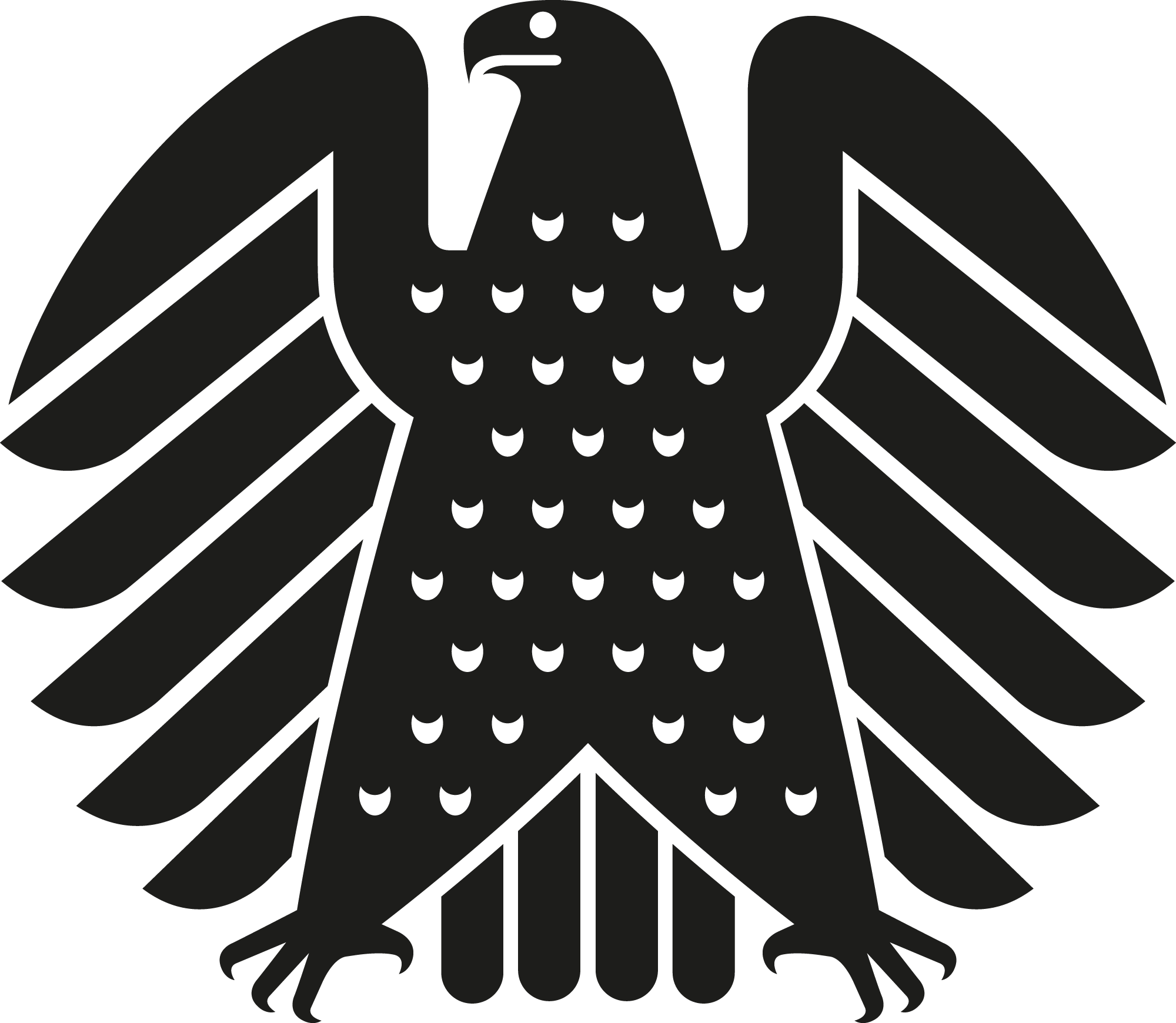I am
Öcherin.
In 1999 – when I was eleven years old – my family was to be deported. At the time, none of us could really imagine living in Korea. We were at home in Germany, in Aachen. So we looked for ways and possibilities to stay in Germany. During this time I was often asked why we didn’t want to “go back”.
My response was as brief as it was indignant:
“But why? I’m Öcherin!”
This one sentence perfectly sums up why I am politically committed to Aachen: I am an Öcherin.
I left Aachen every now and again. To Düsseldorf, the USA, Korea, Gütersloh and Berlin. I was always drawn back to Aachen.
Nowhere have I felt more at home than here.
Over the years I have noticed that we Öcher have a slight tendency to have a very special “local pride”. And at least for me, this takes on somewhat missionary traits now and then.
Like when I run all over town to send a friend crumble rolls from literally every Aachen bakery. So that they also have a real basis for comparison. Or when I buy a flat cake with cherry, apricot, German rice, Belgian rice and cherry on rice, because my colleagues in Düsseldorf have never eaten anything like it.
Or when I drag visitors through the ENTIRE city, so that they not only learn where the devil lost his thumb, but also hear about the market woman on the Lousberg and the ring at the Frankenburg, meet the Bahkauv and see with their own eyes where Monulphus and Gondulphus rattled through Aachen.
But what I like most about Aachen and its people is the special bond between them. The Klenkes as a sign of recognition among Aachener:innen in foreign countries is the best example of this.
I want Aachen to remain a city that welcomes everyone and is home to many.
And I want to give something back to the people and the city that gave me a home and an identity from an early age:
Oche.
I would like to introduce you to Aachen as a city. There is so much to tell about Aachen. Much more than would be possible here.
Therefore, I will limit myself to five topics: Legends about Aachen. Science. The food and sports in Aachen. And the history of Aachen. Of course, I can only present a few highlights at a time. As I said: There is so much to tell about Aachen…
Legends
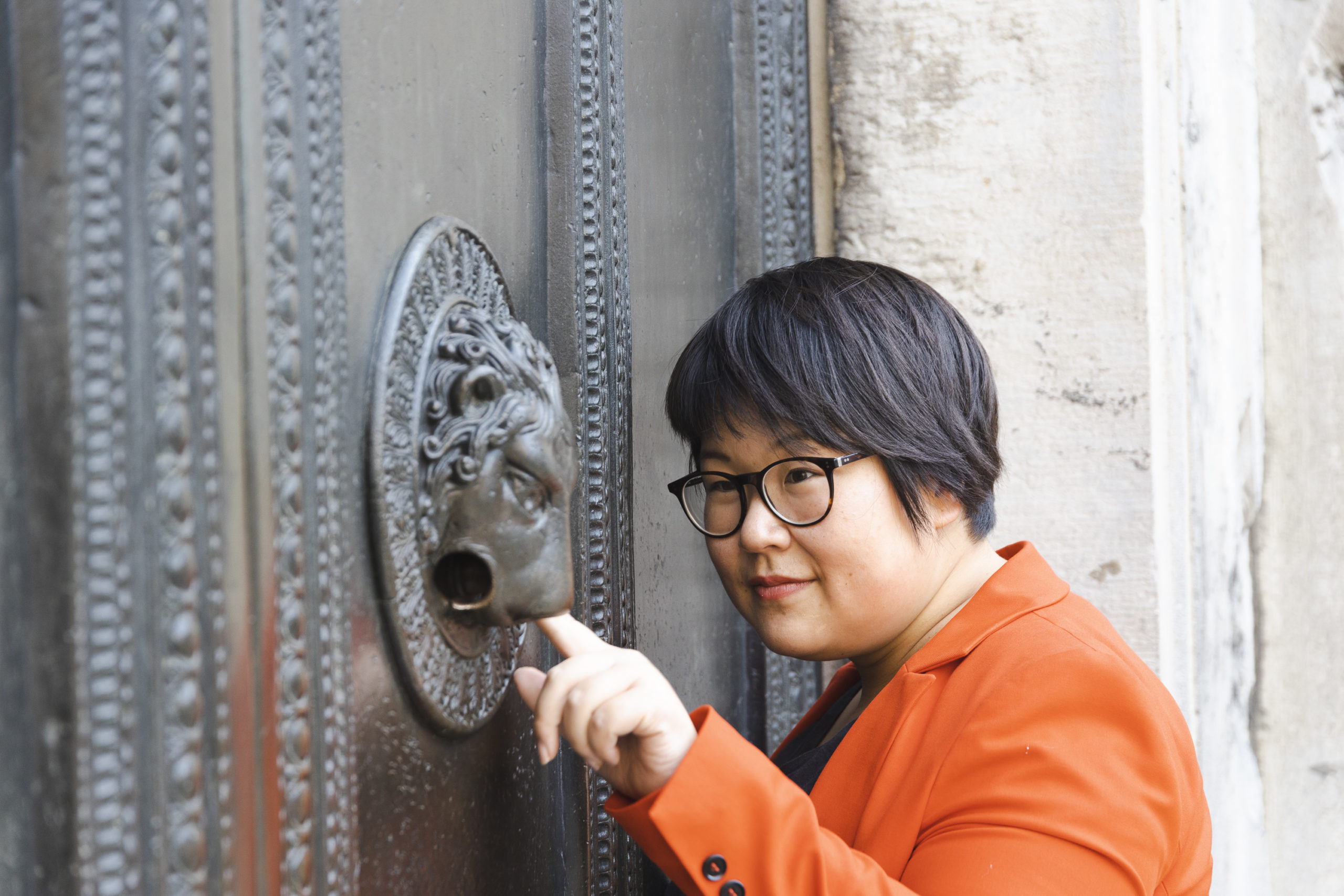
The devil appears in almost all legends and tales about Aachen, including the most important one, the legend of Aachen Cathedral.
When the people of Aachen built their famous cathedral, they eventually ran out of money. Therefore, they made a pact with the devil: The devil promised the people of Aachen the money to build the cathedral in exchange for the first living soul to enter the cathedral after its completion. The devil, of course, reckoned with a human soul.
However, the people of Aachen were able to outwit him. When the cathedral was finished, the devil lay in wait inside. The people of Aachen then chased a she-wolf into the cathedral, the devil pounced on her and tore her soul from her body. Only afterwards did he realize that he had been deceived and that he had not received a human soul. Furious, he stormed out of the cathedral and slammed the heavy front door of the church. From this, the door bore a crack, which can still be seen today. And the devil was so enraged that his thumb got stuck in one of the door handles and got ripped off.
The devil’s thumb is still there. As you can see from the photo, you can still see and feel it today… Try it out for yourself if you are ever in Aachen.
Aachen is a city of science. With the RWTH and the FH Aachen, the Catholic University of Applied Sciences and the University of Music and Dance as well as various private universities, Aachen offers excellent research and the best teaching for scientists and students.
Due to the RWTH and the FH, the focus is primarily on the natural sciences and technology, but institutes and departments in the humanities and social sciences also characterize Aachen’s scientific landscape.
Aachen is characterized by science, universities and start-ups. This is not only noticeable on the different campuses of the universities, but also through the many students who live here.
Science
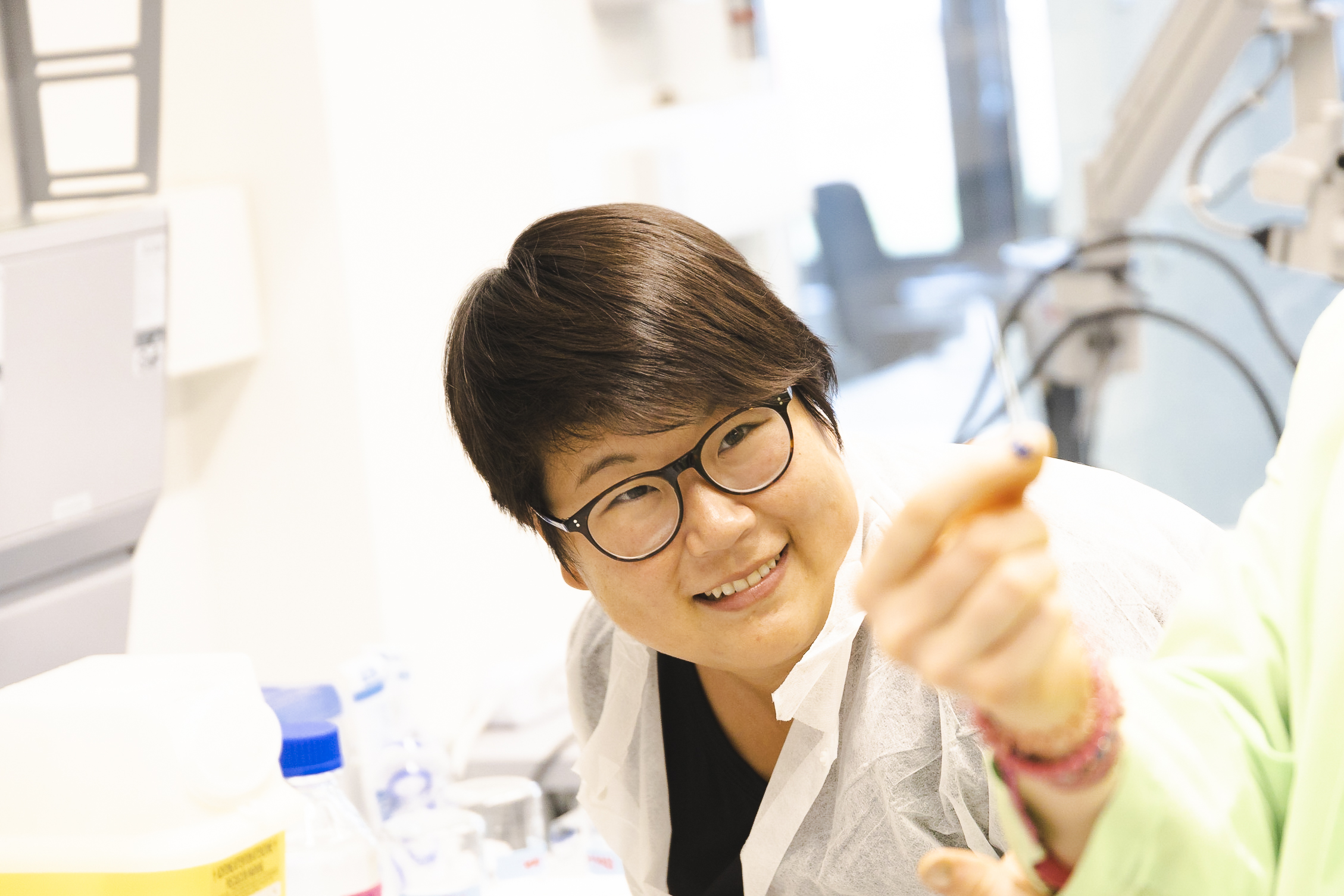
Food
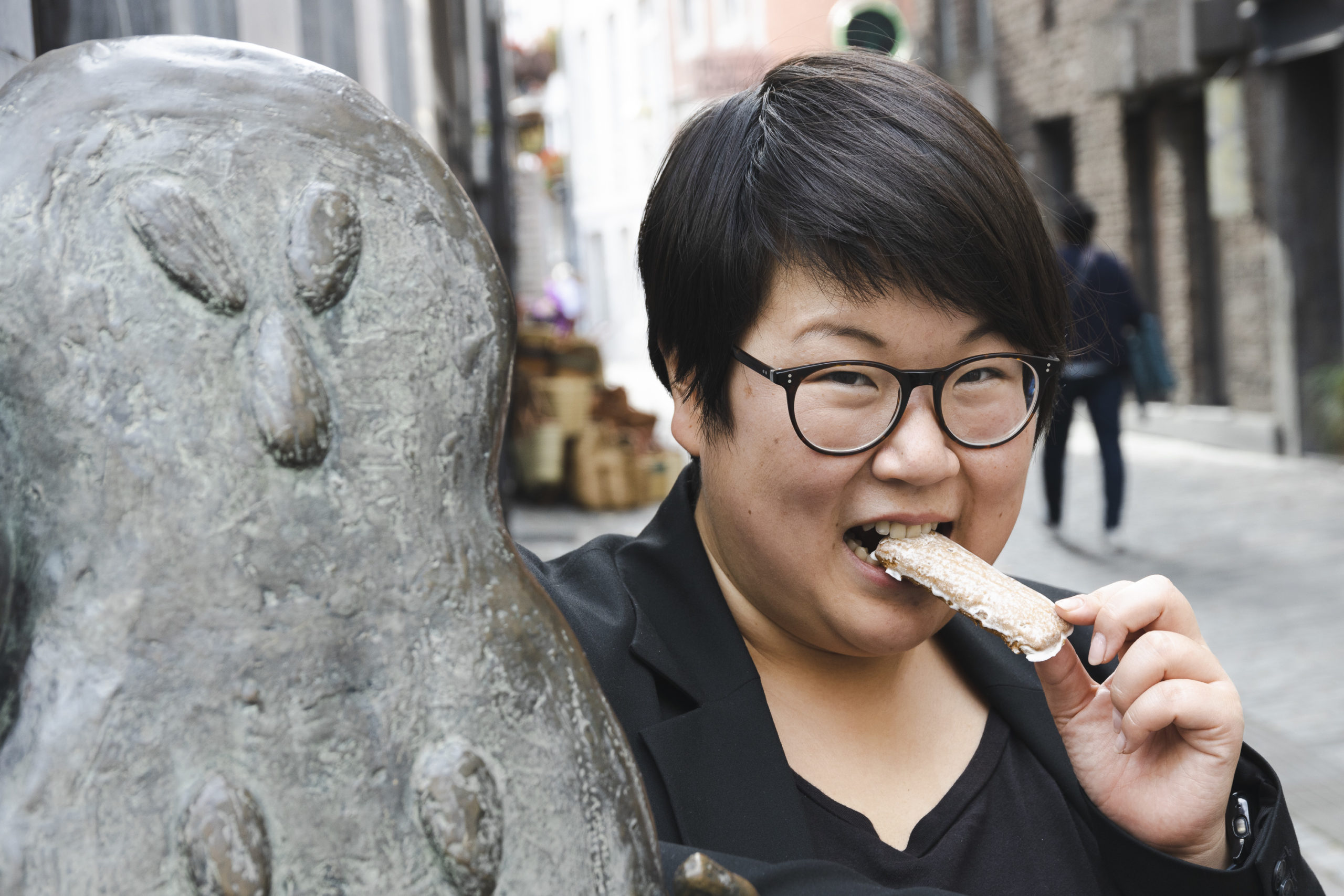
In Aachen, everything is about Printen. Printen, by the way, are not gingerbread. Printen are Printen. A biscuit that is known outside Aachen mainly at Christmas time, but in Aachen is eaten and given as a gift all year round. Printen are hard or soft, they come in different shapes, with or without chocolate, with or without nuts. And Aacheners can regularly argue about which bakery in Aachen bakes the best Printen.
But Aachen is not only home to Printen. There are also crumble rolls, which have been known beyond Aachen for several years. Crumble rolls are not cakes. They are simply rolls with crumbles.
As you can see, Aachen is known primarily for sweet dishes. It is therefore no surprise that major confectionery companies are based here. For example, if you buy a chocolate Easter Bunny or Santa Claus with a little bell at Easter or Christmas, you can be sure that these figures were made in Aachen.
I admit: In soccer, things have not been running optimally in Aachen for several years. The fourth division is not what our club, Alemannia Aachen, can be satisfied with. Nevertheless, it is an integral part of our city.
But there’s more than just soccer: Aachen’s women’s volleyball team, the Ladies in Black, for example, play in Germany’s first volleyball league.
And Aachen is also very famous for another sport: horse riding. Every year Aachen hosts the CHIO, the Concours Hippique International Officiel. Or as it is called Aachen: the TSCHIO. The CHIO is one of the largest and most important equestrian events in the world and attracts many guests from all over the world to Aachen every year.
Sports

History
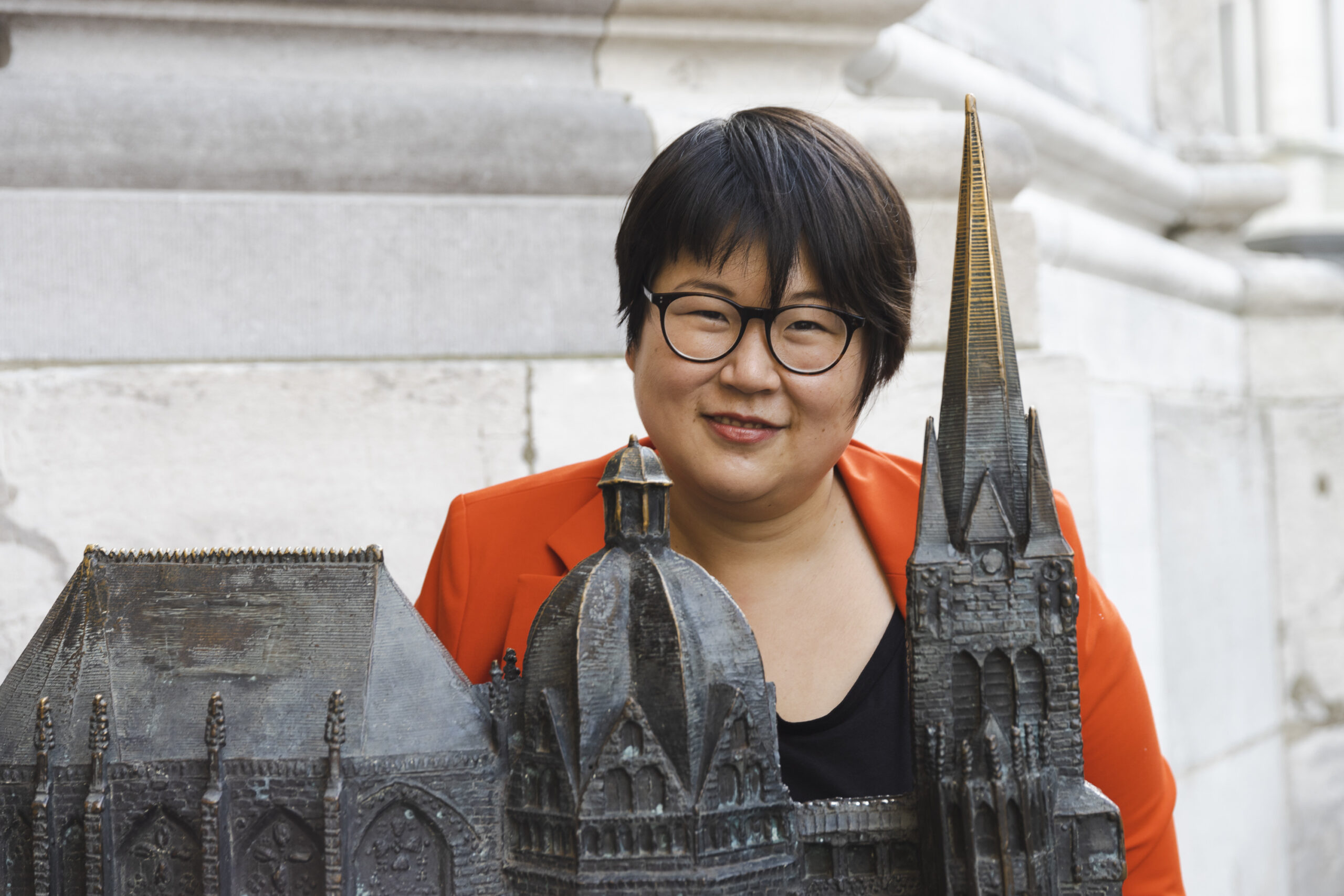
Aachen has a long history. The town was founded by the Romans because of the hot springs that bubble up from the ground and whose water is still used for bathing and drinking today.
The most famous person in the history of Aachen is Charlemagne, the king and emperor of the Frankish Empire, who lived about 1,200 years ago and is also considered the father of Europe. Charlemagne founded the royal palace in Aachen, where he preferred to stay. He built the oldest part of Aachen Cathedral. Today, Aachen City Hall stands on the foundational walls of his King’s Hall. Charlemagne was the reason for Aachen’s great importance in the Middle Ages because, thanks to him, Aachen was the coronation site of Roman-German emperors and kings until the 16th century.
Karl’s legacy can be seen in another area. On Aachen’s ties with Europe. Aachen is a European city – how could it be otherwise in the border triangle between Germany, Belgium and the Netherlands. A special sign of this is the Charlemagne Prize of Aachen which is named after Charlemagne and is awarded once a year for services to the unity of Europe.
